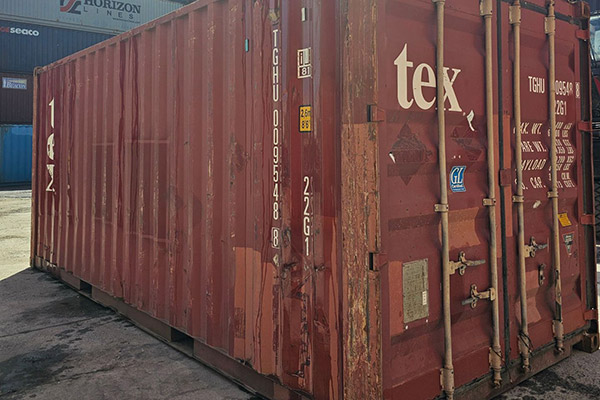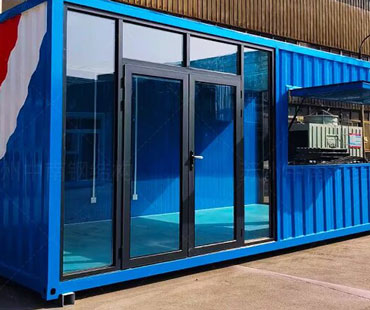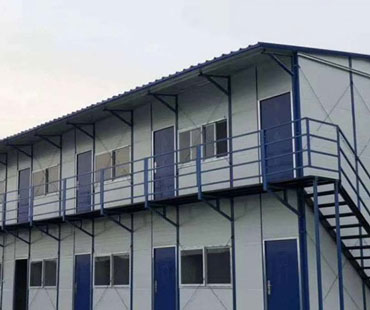Container shipping plays a crucial role in global trade, facilitating the transport of goods across vast distances. However, the safety of containers during transportation remains a significant concern. Issues such as theft, damage, and hazardous materials pose challenges to the industry. This article explores the challenges faced in container safety management and discusses effective countermeasures to enhance safety standards.
Challenges in Container Safety Management
1.Theft and Piracy
One of the most pressing challenges in container safety is theft and piracy. Containers are often left unattended in ports or during transit, making them easy targets for criminals. The International Maritime Bureau reports that piracy incidents, particularly in high-risk areas like the Gulf of Aden and the Strait of Malacca, have caused significant losses and raised security concerns.
2.Container Damage
Containers can sustain damage during loading, unloading, and transportation due to improper handling or adverse weather conditions. Damage to containers can lead to losses not only for the shipping companies but also for the owners of the cargo. According to a report by the World Shipping Council, container losses at sea can occur due to structural failures, leading to cargo spills and environmental hazards.
3.Hazardous Materials
The transport of hazardous materials in containers presents significant safety risks. Improper labeling, inadequate packaging, and insufficient training of personnel can lead to dangerous situations, including chemical spills or explosions. The International Maritime Organization (IMO) has established guidelines for the safe transport of hazardous materials; however, compliance and oversight remain challenging.
4.Lack of Standardization
The shipping industry lacks uniform standards for container safety management. Different countries and organizations have varying regulations, leading to confusion and potential safety breaches. This lack of standardization complicates compliance and enforcement, making it difficult for shipping companies to ensure safety across their operations.
5.Human Error
Human error is a significant contributor to safety incidents in container management. Mistakes made during loading and unloading, miscommunication among crew members, and inadequate training can all lead to safety breaches. Continuous training and adherence to safety protocols are essential yet often overlooked.

Countermeasures for Enhancing Container Safety
1.Enhanced Surveillance and Security Measures
Implementing advanced surveillance technologies, such as GPS tracking and RFID tagging, can help monitor containers in real-time. These technologies enable shipping companies to track container locations, detect unauthorized access, and improve overall security. Additionally, increasing the presence of security personnel in high-risk areas can deter theft and piracy.
2.Regular Inspections and Maintenance
Conducting regular inspections of containers is vital to identify and address potential issues before they escalate. Shipping companies should establish a routine maintenance schedule to ensure containers are structurally sound and suitable for transport. This can prevent incidents related to container damage and enhance cargo safety.
3.Training and Certification Programs
Implementing comprehensive training programs for personnel involved in container handling can significantly reduce human error. Training should cover proper handling techniques, emergency response procedures, and the safe transport of hazardous materials. Certification programs can ensure that employees are well-versed in safety standards and best practices.
4.Standardization of Safety Protocols
The shipping industry should work towards establishing standardized safety protocols that are recognized globally. Collaborating with international organizations, such as the IMO and World Customs Organization, can help create consistent guidelines for container safety management. This standardization would facilitate compliance and improve safety across borders.
5.Use of Technology for Hazardous Materials
Implementing advanced technologies for the safe transport of hazardous materials is crucial. This includes using smart containers equipped with sensors to monitor temperature, pressure, and chemical leakage. Continuous monitoring can help mitigate risks associated with hazardous cargo and facilitate timely responses to any incidents.
Container safety management is a complex issue that requires a multifaceted approach. By addressing the challenges of theft, damage, hazardous materials, standardization, and human error, shipping companies can enhance the safety of their operations. Implementing countermeasures such as advanced surveillance, regular inspections, training programs, standardized protocols, and technology for hazardous materials can significantly improve container safety. As the global trade landscape continues to evolve, prioritizing container safety will be essential for protecting cargo, personnel, and the environment.


